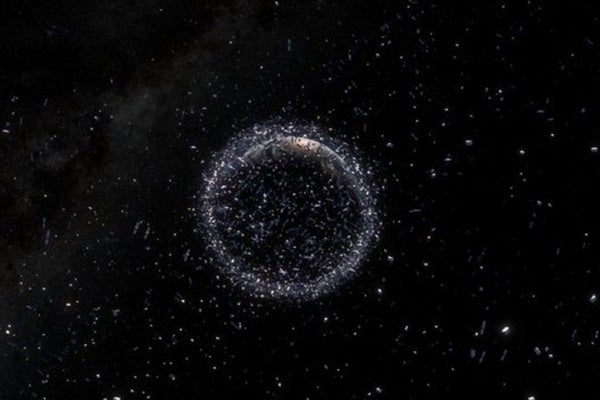One way scientists pinpoint orbital debris utilizes a technique called laser ranging. Scientists beam lasers into space, and a telescope picks up the light that’s reflected back from orbiting debris. Researchers use this reflected signal to deduce how far away a piece of debris is, like a bat using echolocation to track prey.
However, it’s hard to make these measurements precisely because the debris doesn’t reflect much light back.
Now, a team in China has improved these measurement capabilities by using machine learning techniques that made the telescope point more accurately. The new technique lets the telescope better lock onto faint debris, so researchers will be able to detect smaller, fainter objects.
The researchers presented their work in a recent paper in the Journal of Laser Applications. In a press release, they say that the technique would let them find a piece of debris as small as about 11 square feet in size that’s about 900 miles away. With more improvements like these, space agencies may be able to operate orbiting spacecraft more safely.











